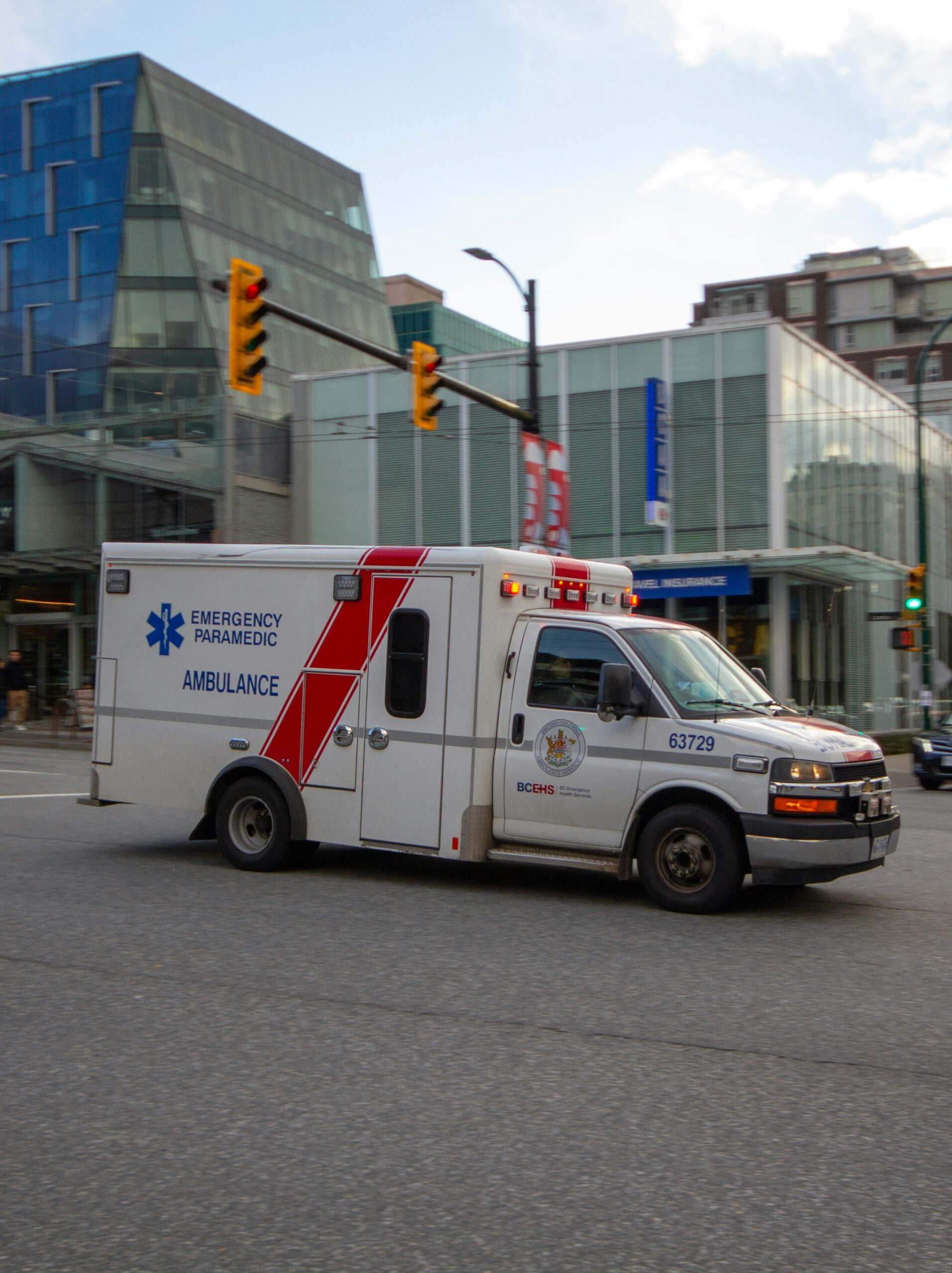
FENTANYL
Fentanyl is an opioid drug that acts upon the opioid receptors in the brain.
So, what does that mean? Fentanyl (and other opioids) work by blocking pain signals in the brain and body. That’s why people feel less pain when they take them. But they also can affect other parts of the brain that control mood and behavior, which is why they can make people feel ‘high’ or really good.
What is it
Fentanyl is an opioid drug that acts upon the opioid receptors in the brain.
Important info
Fentanyl is approximately 50 times more potent than heroin and produces more immediate yet shorter lasting effects.
When opioid receptors are activated in our nervous system, our breathing slows.
With opioids as intense as fentanyl, it doesn’t often take much to depress our breathing to dangerously low rates or to stop our breathing entirely – what we call an opioid overdose.
When we talk about fentanyl, we can be referring to:
Pharmaceutical fentanyl that has been prescribed safely and effectively for severe pain for over 50 years, and is among the most commonly used pain management drugs during childbirth;
Illicitly manufactured synthetic opioids made and sold outside of the controls and safety of the pharmaceutical market – often referred to as street drugs or illegal drugs. These can be similar to pharmaceutical fentanyl, but vary in many ways due to the unregulated nature of the illicit market where ensuring quality, dosage, and safety are more difficult.
The most reliable way to distinguish between a prescription and an illicitly manufactured drug is to find the source. Even if it’s a pill, if you can’t guarantee it came from a pharmacy, caution is critical.
What Does the Data Tell Us?
Currently, about 70% of overdose deaths each year involve a synthetic opioid.

Drug overdose death rates are highest for adults between the ages of 35 and 44 years old, with the 24-34 year old age group following closely behind. In addition to these deaths, there are approximately 17,000 prescription opioid-related deaths and 9,000 heroin related overdose deaths annually.
In today’s drug market, it’s important to understand that most overdoses involve a mixture of drugs, often taken together within what appears to be a single product like a pill or powder.
As fentanyl has largely saturated the drug market, all of these influences have now contributed to a situation where individuals don’t know about fentanyl, can’t tell which drugs do or don’t have fentanyl, or have a lack of alternatives that don’t contain fentanyl at all.
As a result, over 70% of the more than 100,000 overdose deaths annually in the United States involve a synthetic opioid — but it doesn’t have to be this way.

Navigating Risk:
Many overdoses happen because people don’t realize fentanyl has been mixed into other drugs.
Never use alone
Safespot is a free, confidential 24/7, national hotline that is staffed by a dedicated team of people with lived and living experience with overdose and drug use.
When you call, you’ll be connected to a trained operator who can call for help in the event of an emergency.
Learn more at safe-spot.me or call the hotline directly at 800-972-0590.
Slow down and consider alternatives
For individuals who primarily inject their drugs, it is important to slow down and consider alternatives.
Test your drugs
Knowledge of the presence of fentanyl is critical to overdose prevention, even if testing strips cannot show how much fentanyl there may be.
Many overdoses happen because people don’t realize fentanyl has been mixed into other drugs.
Carrying fentanyl testing strips with you, even if you do not plan on using substances, allows you to share this tool with others who might be.
Have Naloxone on hand, and know how to use it
Naloxone is very effective at saving lives in the instance of an opioid overdose, particularly if used quickly after the onset of emergency symptoms by a bystander.
One of the most tragic yet empowering truths is that every opioid overdose death is preventable and reversible if naloxone is used in time by someone willing to help.
Be prepared to intervene with naloxone. If you have not yet been trained on how to use or obtain naloxone, check out our Opioid Overdose Response Training!
A Note About Fentanyl and Experimentation
One of the most challenging impacts to make sense of and communicate well about is that fentanyl severely narrows what was the relatively safe initiation of substance use and the experimentation with new drugs. In the past, it wasn’t the beginning of someone’s relationship with a substance that was the most risky; it was more often the progression into chaotic use where concerns arose. This changes when fentanyl caters to individuals with established opioid tolerance. With opioids as strong as fentanyl, it is tolerance that actually helps protect someone against overdose if they continue to use it.
However, for people experimenting with drugs without ever having established a tolerance, or who have lost their tolerance, the on-ramp can be a dangerous place with a very narrow window of safety.
Free Online Trainings:
RESOURCES

GET HELP
Help for Me
or
Help for Someone Else

OVERDOSE RESPONSE KIT
Get Access

TRAINING VIDEOS
SAFE Project collection of trainings

GOOD SAMARITAN LAW
What are the local laws?

DRUG POLICY
Why it matters

ABOUT SAFE PROJECT
Learn More
This campaign is brought to you by

Help us keep this lifesaving work going.
